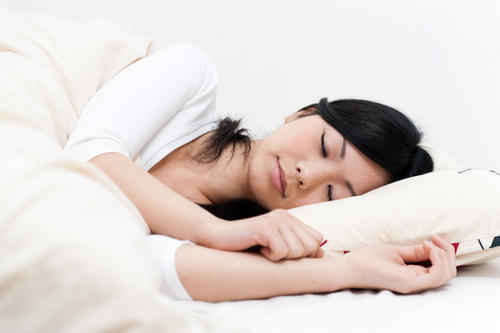Odd effects of how you sleep

Նմանատիպ
Research suggests the way we sleep can affect health and wellbeing.
Sleeping on your left side can significantly increase the chance of having nightmares. But sleeping on the right will help to alleviate heartburn.
Your sleep position can also determine whether you’ll age prematurely and could even help to prevent Alzheimer’s. So here are the pros and cons of the five most common sleeping styles…
On your left
People who suffer from regular bouts of heartburn – estimated to be around 20 per cent of the British population – report significant relief from their symptoms when they sleep on their left side.
In a study carried out by scientists at the Yuzuncu Yil University in Turkey, published in the international Journal of Sleep and Hypnosis, 40.9 per cent of people who chose to sleep on their left sides reported regular nightmares, compared to just 14.6 per cent of those who preferred to sleep on their right sides.
On your back
If you have back pain, sleeping on your back, with a supportive pillow under your head and knees that’s just thick enough to keep your spine aligned, can help alleviate it – or at least, give you a relatively comfortable night’s sleep, says osteopath Amy Hope of Hope Osteopathy in London.
And you get better beauty sleep on your back, as cosmetic surgeon Dr Goesel Anson explains: ‘Because your face isn’t being pressed firmly into a pillow for six hours or more at a time, you’re less likely to get wrinkles and spots.’
Several credible studies have found that sleeping on your back – the supine position – can double the incidence of snoring and sleep apnoea, compared with sleeping on your side.
Sleep apnoea is when a lack of muscle tone in airways causes you to snore loudly and stop breathing for ten seconds or more during sleep, causing serious health problems, from excessive daytime drowsiness to high blood pressure, diabetes and depression.
Foetal position
The foetal position gives the spine enough flexibility to move during the night if you need to change position and, as long as you don’t curl up too tightly, allows you to breathe easily, too.
Little wonder many foetal sleepers report waking refreshed and ready to face the day.
If you suffer from neck pain, this position can put pressure on joints at the base of the skull and worsen it.
If you suffer back problems, a slim pillow between the knees can help to keep your spine more comfortable.
On your right
If you have high blood pressure, you may want to start sleeping on your right side.
It gives the heart, in the left of your chest, a little extra room in the chest cavity, which can help lower blood pressure and slow heart rate, both of which can benefit people with heart problems.
If you are pregnant, experts say sleeping on your right side in late pregnancy carries a higher risk of stillbirth.
They suggest restricted blood flow to the baby may be a reason for the findings.
On your front
Sleep expert Chris Idzikowski says sleeping on your front in the ‘freefall’ position, with arms raised to the side, puts internal organs in the ideal position to encourage comfortable digestion after a heavy meal, while experts from Hong Kong’s Shue Yan University found people who sleep on their fronts tend to have more exciting dreams – including saucy ones about being tied up – than those who sleep in any other position.
It’s thought to be linked to the fact that it’s more difficult to breathe if lying face forward.
‘Sleeping on your front – lateral sleeping – is the worst possible position you can sleep in from a musculoskeletal point of view,’ says Rishi Loatey of the British Chiropractic Association.
‘In order to breathe comfortably, you have to lie with your head and neck almost fully rotated to one side for many hours.’
It can overstretch and tighten opposing neck muscles and pinch nerves, leading to headaches, a stiff neck, tight shoulders and in some cases, pain radiating down the arms.
Sleeping laterally may make lower back pain worse as it can accentuate the curve in the small of the back.
Հետևեք մեզ նաև Telegram-ում